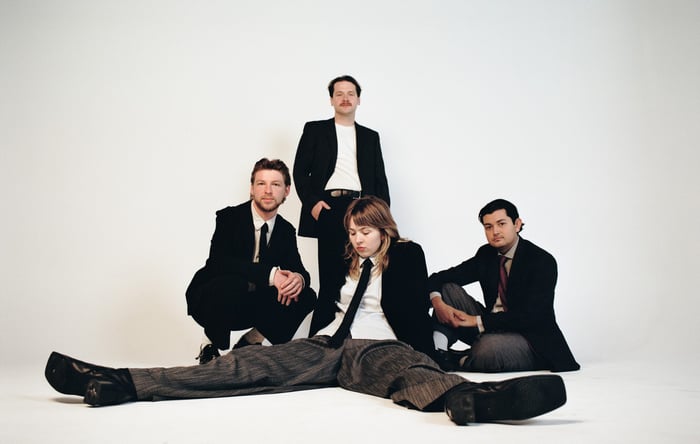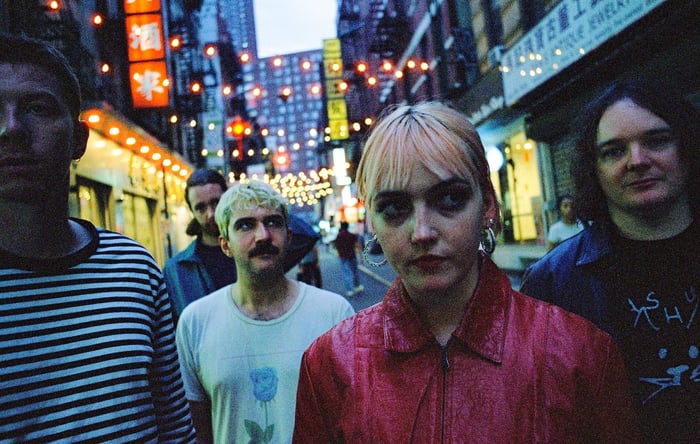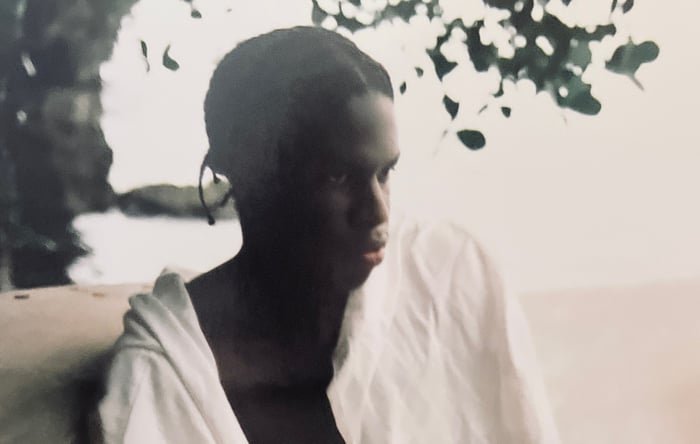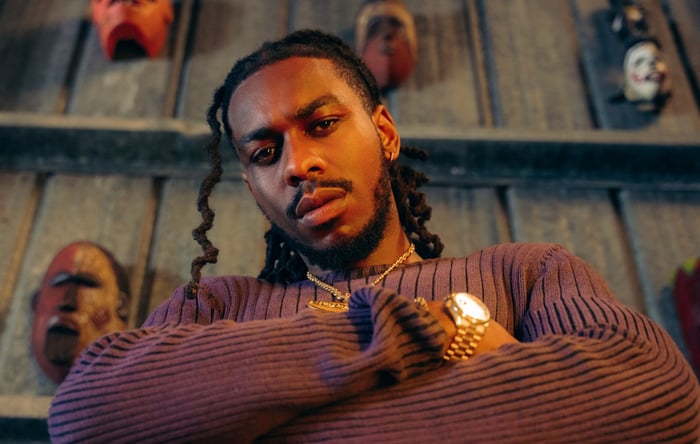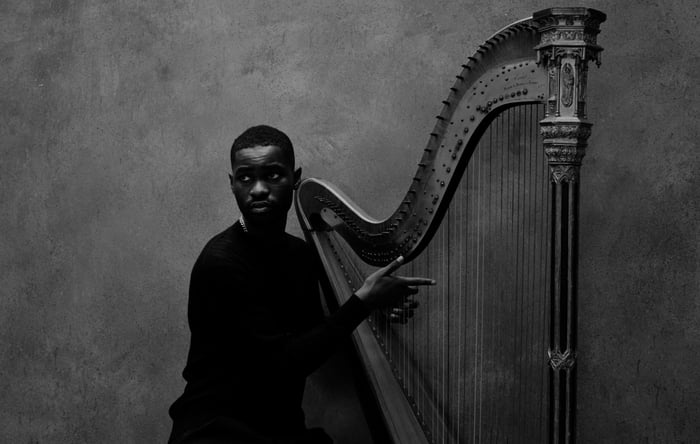
Dave – The Boy Who Played The Harp Review: A Prophet’s Pain Painted in Piano
Dave – The Boy Who Played The Harp Review: A Prophet’s Pain Painted in Piano
Exploring Dave’s latest album, The Boy Who Played The Harp, a profound blend of lyrical mastery and soulful introspection that captures the struggles and hopes of a generation.
A Long-Awaited Return from Dave
It’s been four years since South London’s poetic powerhouse, Dave, gifted us a deep dive into his mind with We’re All Alone In This Together in 2021. Since then, fans have caught glimpses of his creative genius through notable features, including the 2023 collaborative EP Split Decision with Central Cee. That EP birthed Sprinter, a track that shattered Spotify UK’s single-day streaming record. He also made waves lending his voice to the UK underground scene, like on Jim Legxacy’s 3X earlier this year.
Yet, the world has been patiently waiting for a full-length solo statement, and with The Boy Who Played The Harp, Dave delivers not just an album but a masterclass. This third studio record is a technically flawless, lyrically impeccable work that cements his place as one of the most accomplished voices in UK music—though its somber tone might temper the immediate hooks we’ve come to expect.
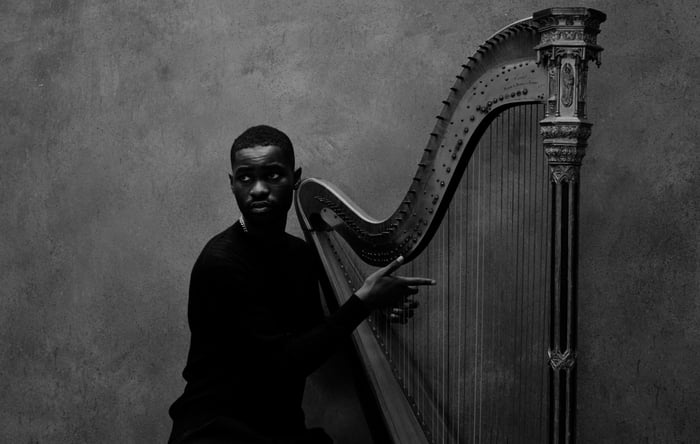
The Biblical Muse Behind The Music
Dave’s album draws inspiration from the biblical King David, a figure renowned for playing the harp to soothe troubled spirits. Whether Dave’s music truly heals or not is a debate for another day, but the album feels less like a remedy and more like a time capsule—a snapshot of the emotional landscape of today’s youth.
This concept unfolds beautifully across the album’s tracks. Songs like Selfish, Fairchild, and Chapter 16 act as cinematic windows into Dave’s world. In Selfish, the ethereal production from James Blake pairs with Dave’s introspective verses to challenge toxic masculinity. Here, therapy becomes a stage, and confession becomes a courageous act. It’s revolutionary because, let’s face it, how often do we hear men openly naming feelings they were socially conditioned to suppress?
A Spiritual Dialogue Across Generations
One of the album’s most poignant moments is Chapter 16. In the biblical narrative, King David is anointed by the prophet Samuel—on Dave’s album, that prophetic voice is channeled by UK rap veteran Kano. Over a smooth instrumental, these two legends sit metaphorically around a dinner table, exchanging reflections on legacy and longevity. Kano even crowns Dave “the rap messiah,” blessing the new generation in a spiritual handover that feels both intimate and epic.
Giving Voice to the Silenced in ‘Fairchild’
Fairchild stands out as a chilling, urgent exchange between Dave and newcomer Nicole Blakk. This track returns hip-hop to its roots in spoken word—poignant storytelling with a purpose. Nicole’s verse is haunting, giving voice to women shattered by rape culture and femicide. Dave’s response is equally complex, grappling with feelings of disgust toward toxic masculinity but also questioning his own complicity:
“All know a victim, don’t know a perpetrator / Am I one of them? The men of the past.”
This is a rare and important moment of vulnerability in a genre that often sidelines such conversations.
A Familiar Narrative Painted with Refinement
While The Boy Who Played The Harp is vivid and thought-provoking, it treads familiar thematic ground for listeners acquainted with Dave’s work. Trauma, therapy, confession, redemption, and social responsibility are still front and center, but the emotional palette feels more refined, less explosive.
Unlike Psychodrama and We’re All Alone In This Together, which arrived with immediate impact and powerhouse singles like Location and Crash, this album is more subtle and restrained. Even the groovier moments, like No Weapons with Jim Legxacy chanting Isaiah 54:17 or the Afro-house-inspired Raindance featuring Tems, offer gentle lift rather than massive anthems. Dave seems to have intentionally dialed down the bombast, crafting a sober thinkpiece over high-energy bangers—and if that was his goal, he’s succeeded.
Dave’s Artistic High Art: Capturing a Generation’s Quiet Storm
Dave’s reputation for high art in music remains unchallenged. The Boy Who Played The Harp continues his streak of delivering raw, slice-of-life portraits of Black British identity in London. Yet, there’s a hint of a disconnect creeping in. The themes, while still potent, start to feel a bit predictable, almost rehearsed.
This album is a dense, pensive sonic sulk, with Dave’s voice drifting slightly away from the restless energy of a generation that’s done overthinking and just wants to feel. It’s a reminder that even the greatest artists must evolve continually to stay locked in with the changing tides of their audience’s heartbeats.
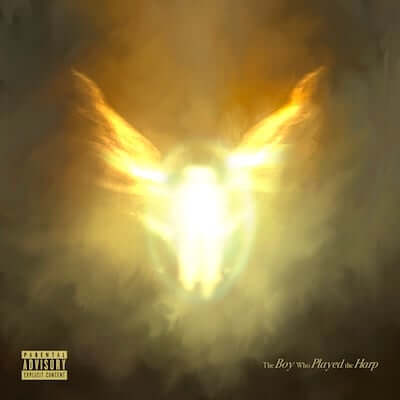
Album Details
- Record Label: Dave/Neighbourhood Recordings
- Release Date: October 24, 2025
Wrapping It Up: The Sound of a Prophet in Modern Times
With The Boy Who Played The Harp, Dave has gifted us a deeply personal, carefully constructed album that resounds with wisdom and pain. It’s not the album to blast at parties, but rather the one to sit with, reflect on, and maybe even find a little solace in its honesty.
How do you think Dave’s latest work resonates with your own generation? Has his music become a mirror reflecting your thoughts or a distant echo of a different time?
FAQ
- What inspired the album's title?
Dave draws inspiration from the biblical King David, known for playing the harp to soothe troubled souls, using this as a metaphor for his music’s purpose. - Who features on the album?
The album includes notable appearances from James Blake, Kano, Nicole Blakk, Jim Legxacy, and Tems. - How does this album compare to Dave’s earlier work?
This record is more introspective and restrained, focusing on deep themes with less of the immediate, chart-topping energy found in his previous albums. - What themes are explored in the album?
Trauma, therapy, confession, redemption, and social responsibility are central, with a strong focus on masculinity and societal issues. - When was the album released?
The Boy Who Played The Harp was released on October 24, 2025.
Feeling inspired by Dave’s poetic vision? You can bring home the essence of his artistry by shopping for your favorite album cover poster at our store—turn your space into a shrine of musical brilliance. Explore the collection here.
 | DISCOUNTGET 30% OFF*Use code on your next order:
|
* This post may contain affiliate links, meaning we earn a commission if you make a purchase through these links, at no additional cost to you.



